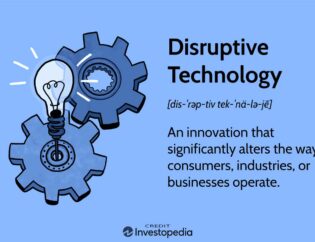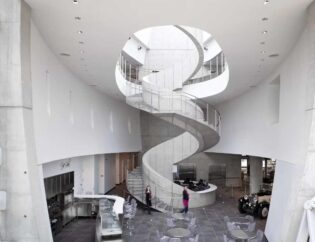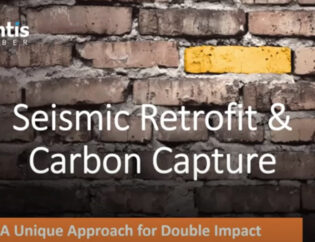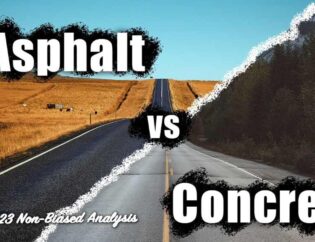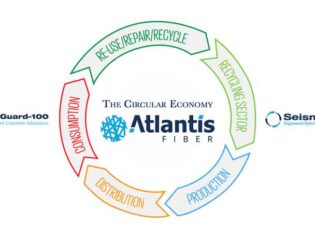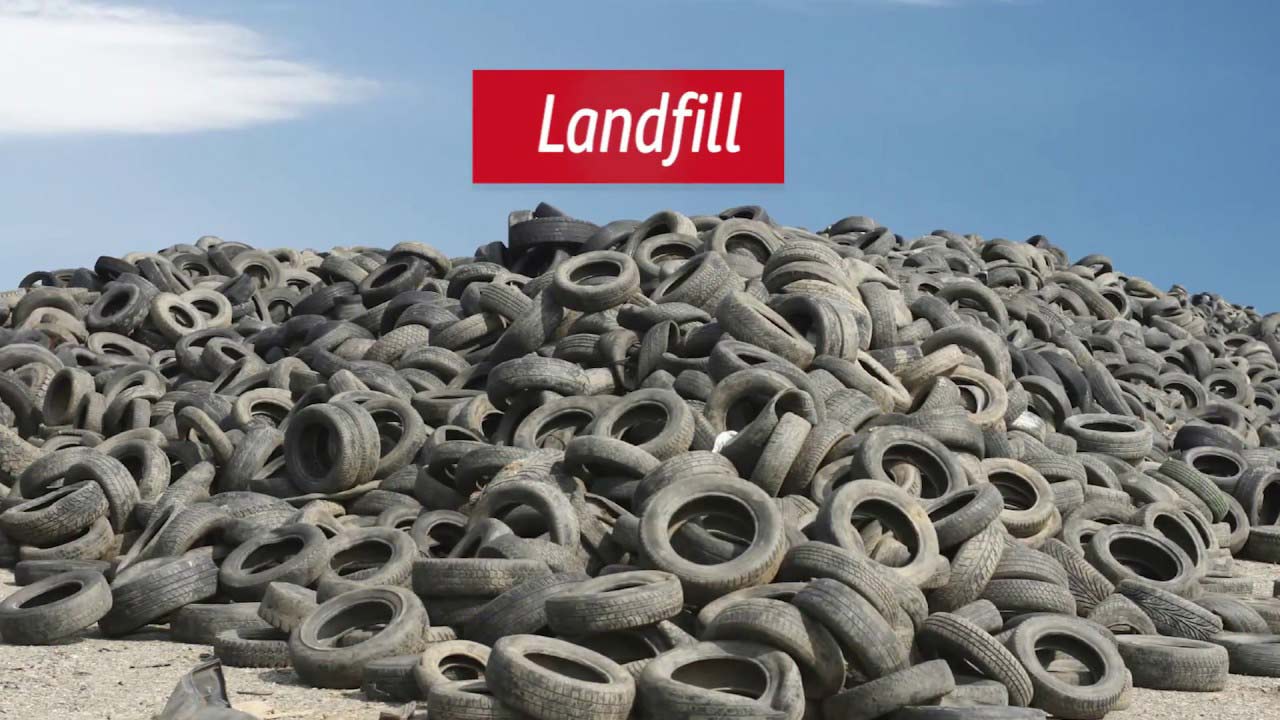
Upcycling, also known as creative reuse, is the process of transforming by-products, waste materials, useless, or unwanted products into new materials or products perceived to be of greater quality, such as artistic value or environmental value.
Tires are a way of life. We pay for new ones as our old ones wear out, and we pay to have them disposed of. To AtlantisFiber™, it often feels like a never-ending rotation of cost.
 Traditional Upcycling and The Materials Upcycle
Traditional Upcycling and The Materials Upcycle
up·cy·cle
/ˈəpˌsīkəl/
Verb
Reuse (discarded objects or material) in such a way as to create a product of higher quality or value than the original.
AtlantisFiber™got its start in 2012 with a vision of upcycling tire fibers and diverting their path to the kilns and landfills by providing a pathway to reuse the fibers to make a better product.
According to an article in the Conversation, “Approximately three billion automobile tires were produced worldwide in 2019 alone. Automobile tires are the classic example of a high-volume product derived from non-renewable petroleum resources that is designed for single-use; they do not fit the desired paradigm of reducing, reuse, and recycle. In fact, some old tires are used as fuel in the cement industry or ground into rubber crumbs and used as a reinforcing agent — parents will be familiar with the rubber mats used in children’s playgrounds.” ~ The Conversation Blog – Academic Rigor, Journalistic Flair
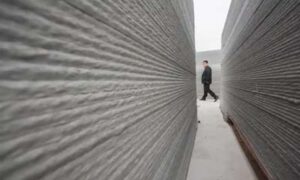 Creating useful things from waste is the basic idea behind upcycling. It reduces the strain on the environment and your wallet. Disposable was yesterday, upcycling is the thing of the future.
Creating useful things from waste is the basic idea behind upcycling. It reduces the strain on the environment and your wallet. Disposable was yesterday, upcycling is the thing of the future.
AtlantisFiber is looking to reducing what goes into landfills, have minimal use of natural resources, and reduce manufacturing costs, bringing a net-zero product to market in one of the dirtiest industries on the planet, concrete.
There are so many benefits to the upcycling process that we have a hard time choosing just one, however, supporting local and rural industry seems to always be in the top-3!

